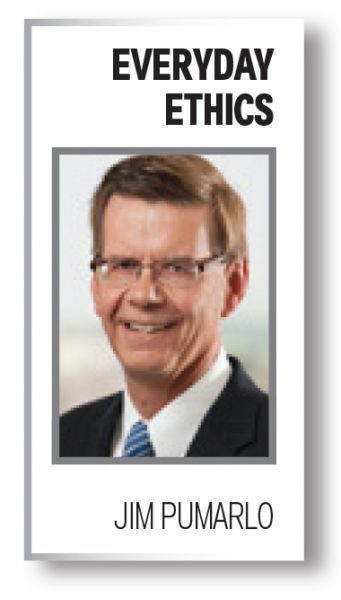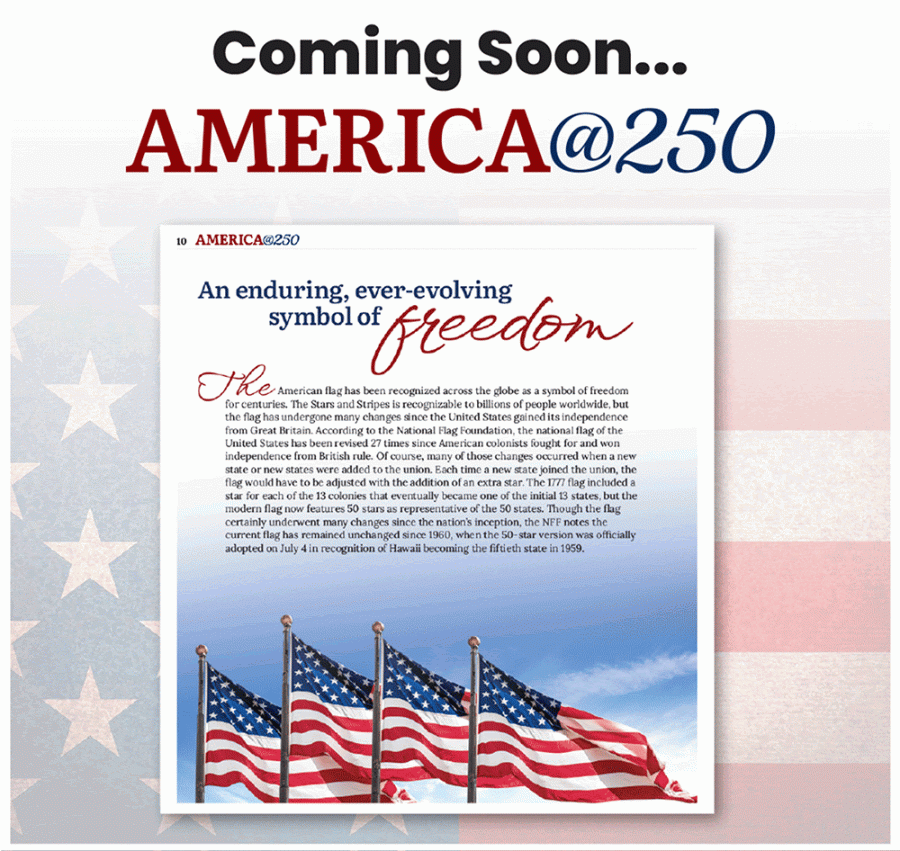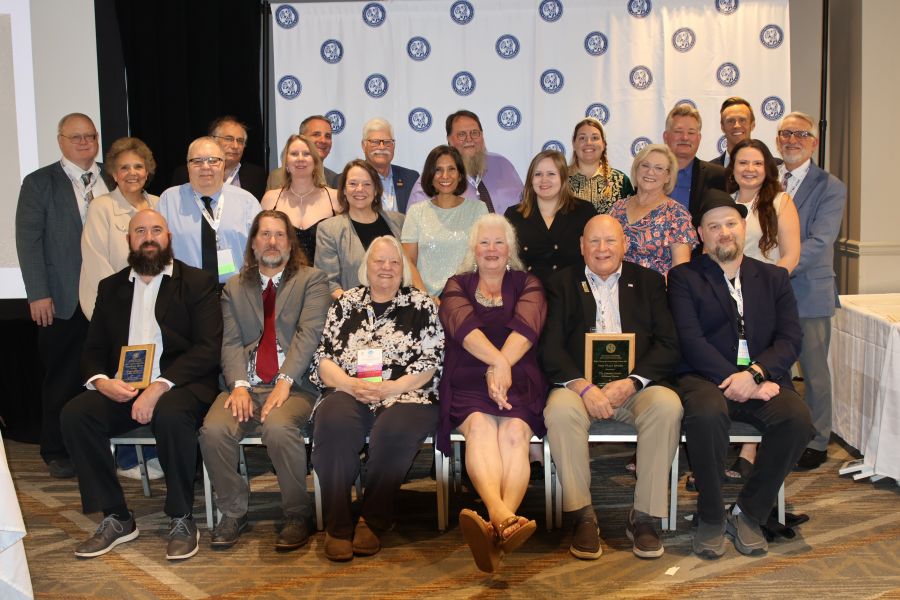Don’t let shortcuts thwart quality content
Jim Pumarlo
Oct 1, 2021


Many newsrooms, already strained by lean staffs, have seen resources exacerbated by the economic toll of the coronavirus. Circumstances have prompted editors and reporters to take shortcuts in gathering and publishing the everyday churn of news.
Some of the practices have merit and can make for an easier read.
Question-and answer profiles: A few paragraphs introduce the significance of an individual, followed by a Q&A. The reporter poses the questions, the newsmaker provides written responses, and the story often is ready to go with minimal editing.
Top things to know: A variety of statistics routinely crosses editors’ desks — for example, monthly employment reports or the latest COVID-19 tally of positive cases, vaccinations, hospitalizations and deaths. The crux of the report often can be summarized in relatively brief verbiage followed by bullet points identifying the highlights. This format might also be used to report the “top five things” to know from a local government meeting.
Guest columns: Many issues beg for further analysis after an initial story, but reporters simply have less time to pursue follow-up stories. As an alternative, invite experts to weigh in. Provide directive for a guest column. Point/counterpoints on the editorial page are an excellent tool to educate on an issue and generate community conversation.
As useful and worthwhile as some of these practices might be, editors and reporters still must ensure the reports — whether generated by staff or submitted by individuals — are substantive. In short, don’t just “cut and paste.”
Diminished resources, unfortunately, have led to a disturbing trend of publishing press releases and other submissions largely verbatim with little or no attempt to edit. The reports often fall short of the journalistic mark.
A FEW TIPS TO KEEP IN MIND
Scrutinize Q&A responses: Lead with the news, which could mean shifting the order of the questions. If there is indeed “news” in a response, alert readers in the lead. Be aware that some answers might require a follow-up query, just as you would seek in a live interview.
Don’t write for those at the front of the room: Remember the folks at the back of the room. Reporting highlights of a city council meeting — for example, “the five things you should know” — can result in simply recording a body’s actions with no interpretation of what it means for local citizens. In addition, pay attention to those items that warrant follow-up.
Edit everything. All submissions should be subject to careful proofing and revising or redrafting. If a phrase or sentence causes you to pause or scratch your head, readers will also stumble.
Electronic delivery of information is an obvious boon to newsmakers. “Cut and paste” allows any number of news sources to distribute releases with ease, the messages reaching mass audiences within minutes.
Some organizations take the time to localize releases. Most disappointing, however, is when a local group forwards a release from a parent organization, and newsrooms make no attempt to state the pertinence to their community.
The pandemic certainly has strained the ability to gather news. Many meetings still are virtual. Interviews often are left to an exchange of emails.
It’s time for editors and reporters to get back to the basics of connecting with news sources. Use Zoom and other videoconferencing tools. Apple’s newest software updates make FaceTime a quick, easy connect for even casual users. Conduct face-to-face interviews when possible. Pick up the telephone.
Be persistent in connecting live with your sources. Establishing personal relationships is at the heart of news gathering — whether it’s a one-time contact for a story or with individuals you interact with on a regular basis. Your stories will be stronger and more relevant to your readers.
Jim Pumarlo is former editor of the Red Wing (Minnesota) Republican Eagle. He writes, speaks and provides training on community newsroom success strategies. He is author of “Journalism Primer: A Guide to Community News Coverage,” “Votes and Quotes: A Guide to Outstanding Election Coverage” and “Bad News and Good Judgment: A Guide to Reporting on Sensitive Issues in Small-Town Newspapers.” He can be reached at www.pumarlo.com and welcomes comments and questions at jim@pumarlo.com.










